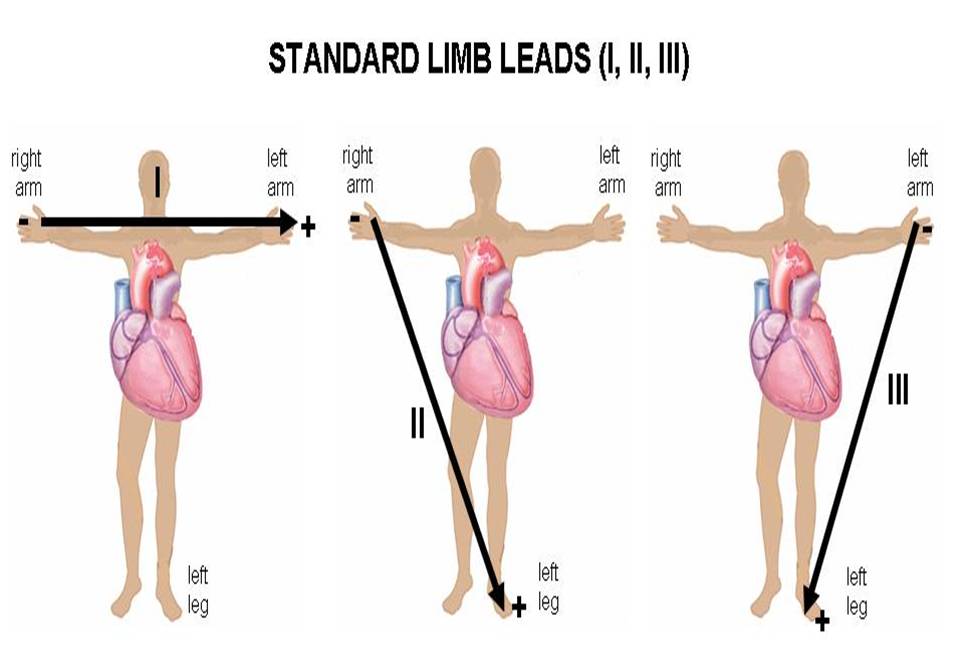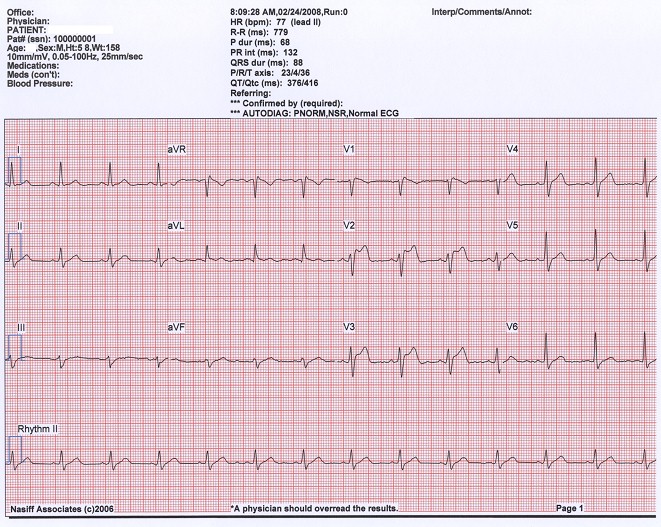http://www.medscape.com/viewarticle/849951
With the start of the new school year, 25,000 incoming medical
students in the United States—and hundreds of thousands of students
around the world—are wondering how best to study so they can succeed in
classes, on board exams, and in the clinic. Fortunately, decades worth
of neuroscience research has given us an entire toolkit of techniques,
many of which you probably have not heard of before.
Both of us have devoted much of our careers
before and during medical school to assimilating and testing these
cognitive techniques; the result of these efforts is our learning
platform,
Osmosis. Here we will
highlight five of the most effective, neuroscience-backed study
techniques that we've incorporated into Osmosis that every clinical
student should know and how you can apply them.
Technique 1: Test-Enhanced Learning
Having taken dozens of high-stakes summative tests, ranging from class finals to the
MCAT,
SAT, and ACT,
you've probably come to associate tests with the end of a learning
experience rather than as part of it. Fortunately, over the past decade,
researchers have been chipping away at this dogma; now, educators are
beginning to view low-stakes formative tests as integral parts of the
learning process. Testing has been shown to
more effectively improve knowledge retention
compared with less active forms of studying, such as rereading
information or rewatching lectures. Thus, it is important to find
opportunities to quiz yourself with flashcards and questions, ideally on
a daily or weekly basis, to ensure that you're truly internalizing the
material.
In a
New York Times commentary titled "
How Tests Make Us Smarter,"
Professor Henry L. Roediger of the Washington University in St Louis
further describes how active retrieval of information through testing
strengthens the underlying knowledge. Equally important, however, is
when you take these tests, which brings us to the next technique.
Technique 2: Spaced Repetition
First described in the 1880s by German
psychologist Hermann Ebbinghaus, spaced repetition is hardly a novel
technique. However, it's only now becoming widely adopted by students
and teachers. The key concept is that
spacing your studying
and self-testing over time as opposed to massing, also known as
"cramming," will flatten your forgetting curve and help you retain
information longer.
The reason cramming persists as a popular
behavior is that it is often more effective in the short term. Pulling
an all-nighter can certainly help you pass tomorrow's exam, but 1 month
later, you will have forgotten much of that information. Given that
learning medicine is more akin to an ultramarathon as opposed to a
sprint, it would behoove you to space out your study sessions. There are
many tools that can schedule these sessions for you, including Anki and
Osmosis.
It's important to note that spaced repetition
does not just help with knowledge retention—it also helps with skill
development, as
this study on learning surgical procedures demonstrated.
All this being said, recognizing potential
issues with spaced repetition is also important. Given how dynamic
medicine is (eg, guideline changes, pharmaceutical discoveries), you
actually do not want to remember what you learn in school forever.
That’s why you should use a spaced repetition system that updates you on
these changes (something we’ve pioneered at Osmosis).
Technique 3: Interleaved Practice
Let's say that you want to learn concepts A,
B, and C. The traditional model of education has you master each in turn
through massed practice: AAABBBCCC.
Interleaving mixes this up, for example: ABCBCABAC.
Similar to spaced repetition, interleaving
may not be as effective in the short term but is more effective in the
long term. This is because massing often becomes a passive process,
where your brain goes into cruise control and you default to
mechanically applying knowledge; interleaving forces you to think
through each concept every time and helps you figure out how they
overlap and differ.
Thus, for example, when you learn about the
various diuretics, do not practice all the thiazides followed by all the
loops; instead, interleave them. These first three techniques all fall
under what UCLA psychology researcher Robert Bjork and his colleagues
call "
desirable difficulties."
These are counterintuitive strategies that lead to reductions in
short-term performance but improvements in long-term performance.
Technique 4: Memory Associations
Have you ever had difficulty recalling
someone's name even though you remembered a seemingly obscure fact, such
as where that person is from? This can in part be explained by the
Baker-baker paradox,
which essentially describes why it is easier to remember what someone
does (baker) than what their name is (Baker). The name is simply a
string of letters, whereas the profession is an evocative concept that
helps you quickly form associations, such as your favorite baked good or
the bakery near where you live. The more associations you can form to
something you're trying to learn, the more likely you are to remember it
in the future because there are more paths you can take to retrieve it.
These associations can range from visually compelling images or "memory palaces," which is the basis for the education company
Picmonic (which found
up to a 331% improvement in memory 1 month after learning disease topics), to actual patient cases, which can be accessed through such tools as
ReelDx Education and
Celebrity Diagnosis.
We recommend combining two or more of these tools to ensure that you're
forming strong associations to the thousands of otherwise seemingly
discrete facts that you encounter during your medical training.
Technique 5: Fogg Behavior Model
Now that you know a few techniques that are
proven to help you learn more efficiently and remember longer, how do
you actually make a habit of them? This is where the Fogg behavior model
can transform your life (and help you counsel your future patients
better). Stanford behavioral scientist BJ Fogg reduces behavior change
to three variables:
motivation, ability, and trigger.
If you think about any behavior—exercising, quitting smoking, or
studying using the techniques described above—you need a certain level
of motivation and ability, followed by a trigger, to implement the
behavior.
For example, say you want to study new
material and review past concepts on a daily basis. Your motivation is a
desire to do well on class and board exams and, more important, when
you see patients. You can increase your motivation through engaging such
practices as gamification and social accountability (eg, study groups).
You can increase your ability by using such tools as mobile apps that
make this material readily accessible wherever you are. Finally, you can
trigger the behavior through reminder emails, text messages, and push
notifications.
On this last point, the key is not to burn
out on the triggers so that they do not have an effect in the future.
One unique way to decrease the chance of this happening is by making
each trigger relevant by syncing it to your individual curriculum and
schedule—so you get, for example, practice questions on gram-positive
bacteria when you're actually learning about them as opposed to
randomly. We've previously written in the
Annals of Internal Medicine
about how we've implemented this using an intelligent recommendation systemic, similar to what Amazon and Netflix use.
Further Reading
If you're interested in reading more about the techniques above, we suggest you take a look at three books in particular:
Make It Stick: The Science of Successful Learning,
Moonwalking With Einstein: The Art and Science of Remembering Everything, and
Learning Medicine: An Evidence-Based Guide.
Bringing It All Together
Now that you know about these effective
strategies, how do you make sure you actually apply them? Fortunately,
the behavior change model above can help you implement these and other
behaviors in your life. We also recommend checking out the many
educational tools that enable you to use one or more of these
techniques, so that you are more efficient with your limited time.
Good luck!















